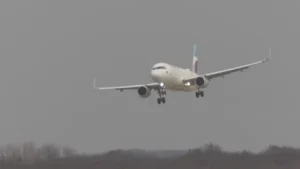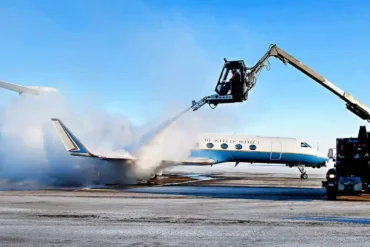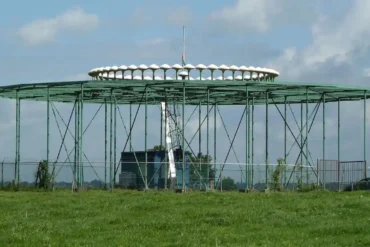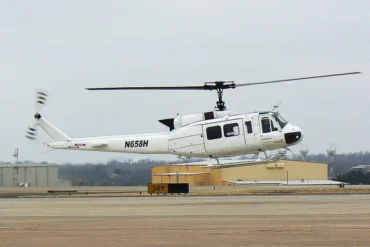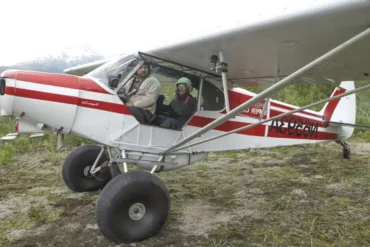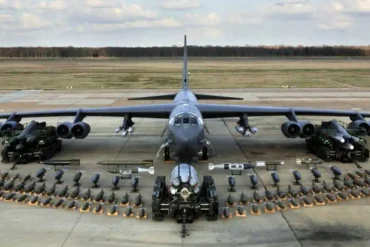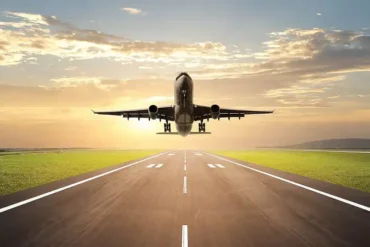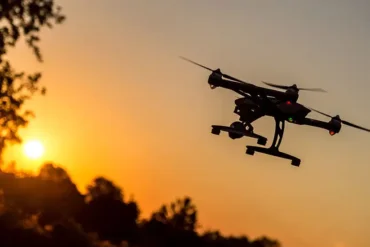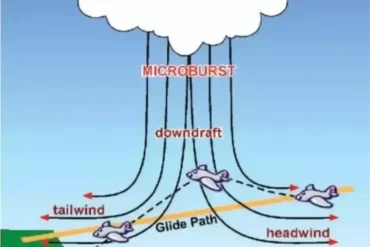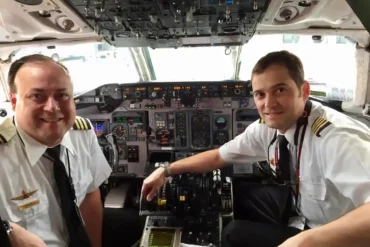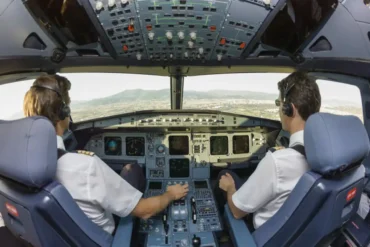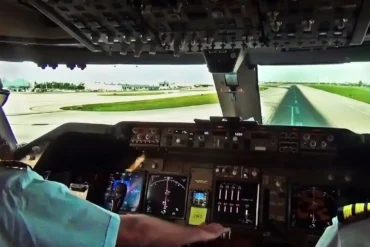Wind plays a huge role for pilots throughout a flight. Choosing which direction to take off and land is way more than just a random choice for them. Planes almost always take off and land facing into the wind. This strategic decision helps minimize the speed aircraft need for these important maneuvers. Looking at how wind impacts flying explains why pilots do this.
Optimizing Takeoff Speed
At first, it may seem odd that planes take off into the wind. But this choice is grounded in physics and aerodynamics. How forces interact, along with aerodynamics, leads to this decision. Taking off into the wind gives the wings an upward push, letting the plane lift off at a lower speed.
Newton’s third law says that for every action, there is an equal and opposite reaction. For takeoff, the increased force on the wings pushes them upwards, needing less engine thrust. This allows for a more efficient takeoff, saving time and fuel during this critical part of the flight.
As CNTraveler explains, wind also creates an area of low pressure over the top of the wings. This aerodynamic effect comes from differences in the wing’s top and bottom shapes. It helps lift the wings when going against headwinds, further reducing the speed needed for takeoff.
After takeoff, pilots intentionally fly routes with favorable tailwinds. These tailwinds push the plane forward instead of slowing it down. When laying out runways, airports look at wind patterns over many years to optimize tailwind use. This is key for efficient flights.
Landing Dynamics
Landing into the wind provides similar benefits. The added headwind resistance helps slow the plane down quicker. This allows reaching taxi speed sooner, reducing wear on the brakes. It also lowers the landing speed, making for a safer runway exit.
Once at taxi speed, planes can maneuver off the runway to the gate faster. Although runways can be reversed based on winds, advanced weather forecasting makes this less common nowadays.
Wind’s Influence Beyond the Runway
Beside takeoff and landing, prevailing winds greatly affect how well flights go. Strong tailwinds reduce flight times and limit fuel burn, since less is needed to arrive on time. While helpful for most flights, ultra long journeys and airlines pushing their planes’ limits underscore wind’s key role in aviation today.
Air New Zealand’s new Auckland to New York route hit hurdles from fierce headwinds. Dealing with these currents, their Boeing 787 had to remove passenger luggage and consider refueling stops. Though falling short of seamless service, this shows aircraft range limitations imposed by winds.
Similarly, India’s IndiGo faced problems on its Delhi-Istanbul route using the Airbus A321neo. While temporary, this highlights wind’s everyday influence, with conditions improving once the weather is optimal.
Not All Gusts Are Helpful
Despite headwind benefits on takeoff and landing, and tailwind gains while cruising, some winds can be problematic. Crosswinds, for example, disrupt balance and lead to turbulent landings. Maneuvering through varied winds requires specialized skills from pilots and staff, focused on avoiding any unwanted incidents.
